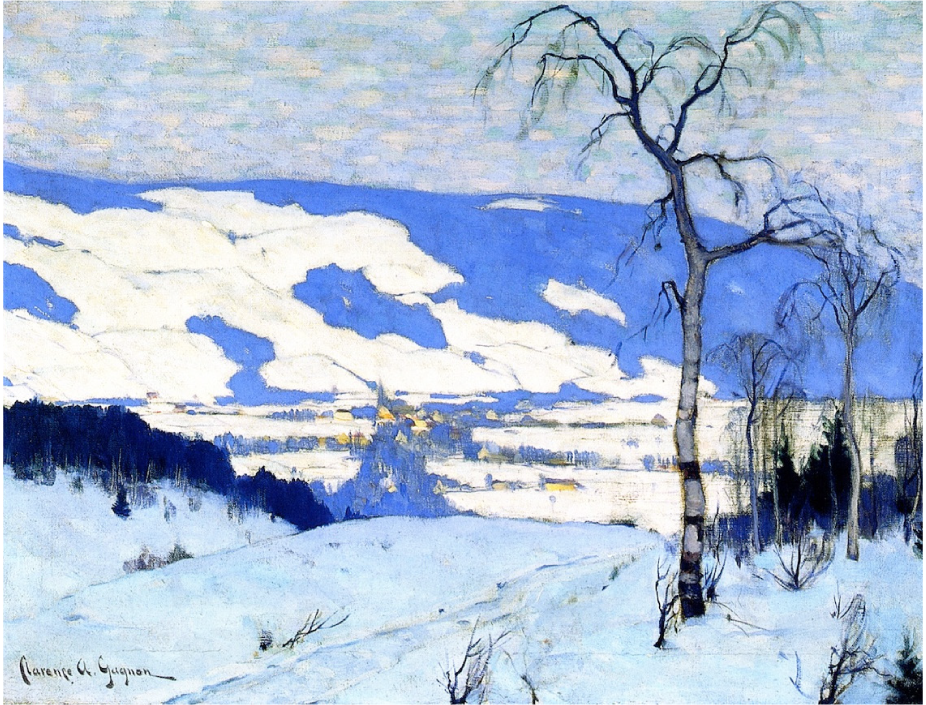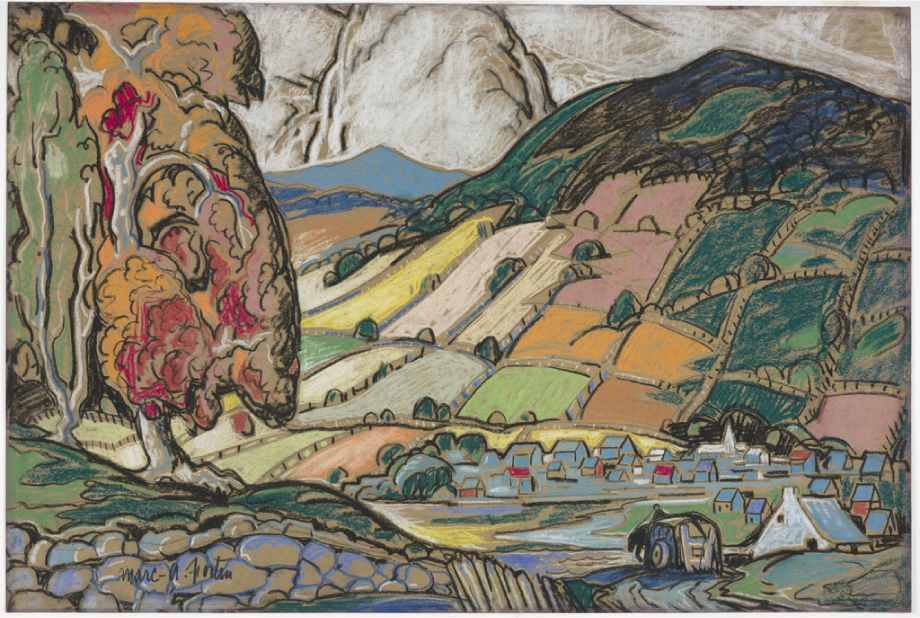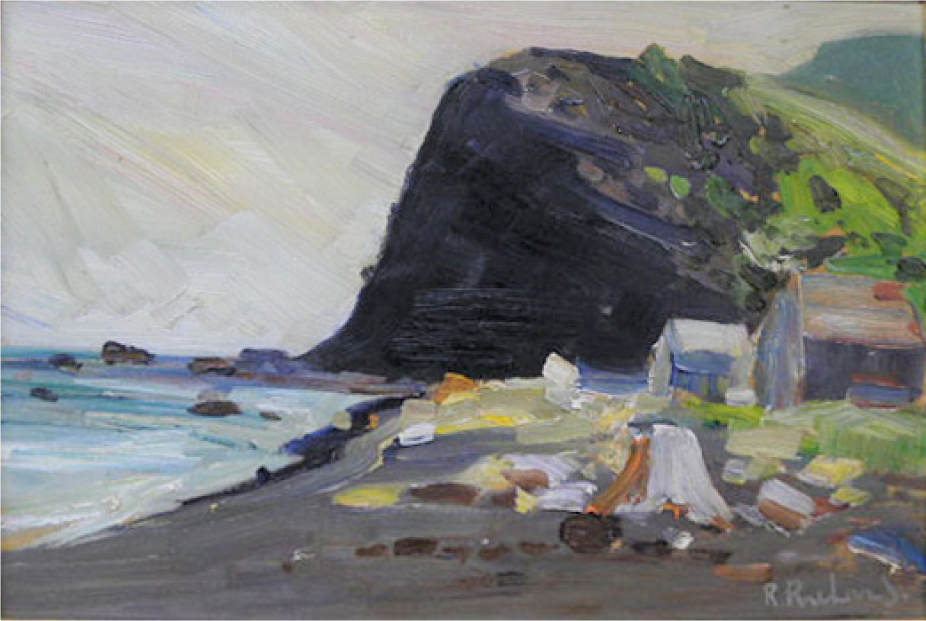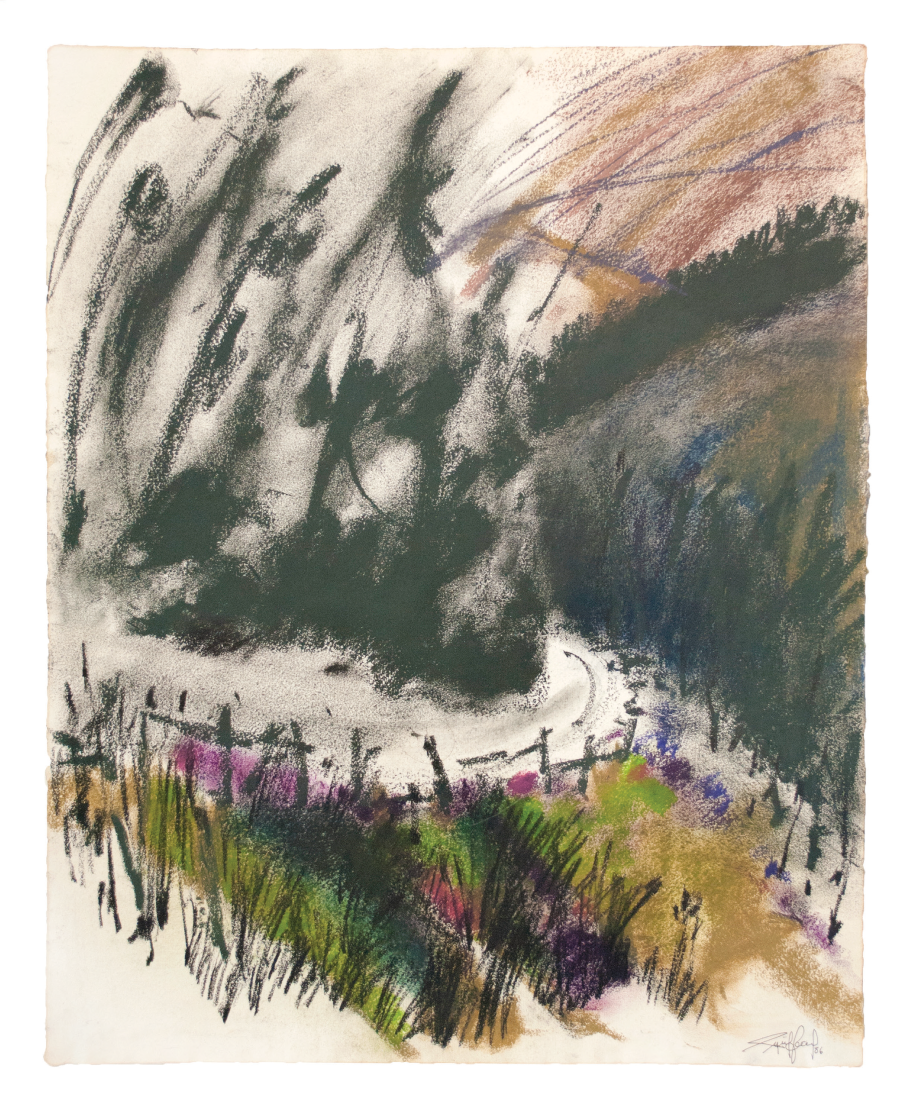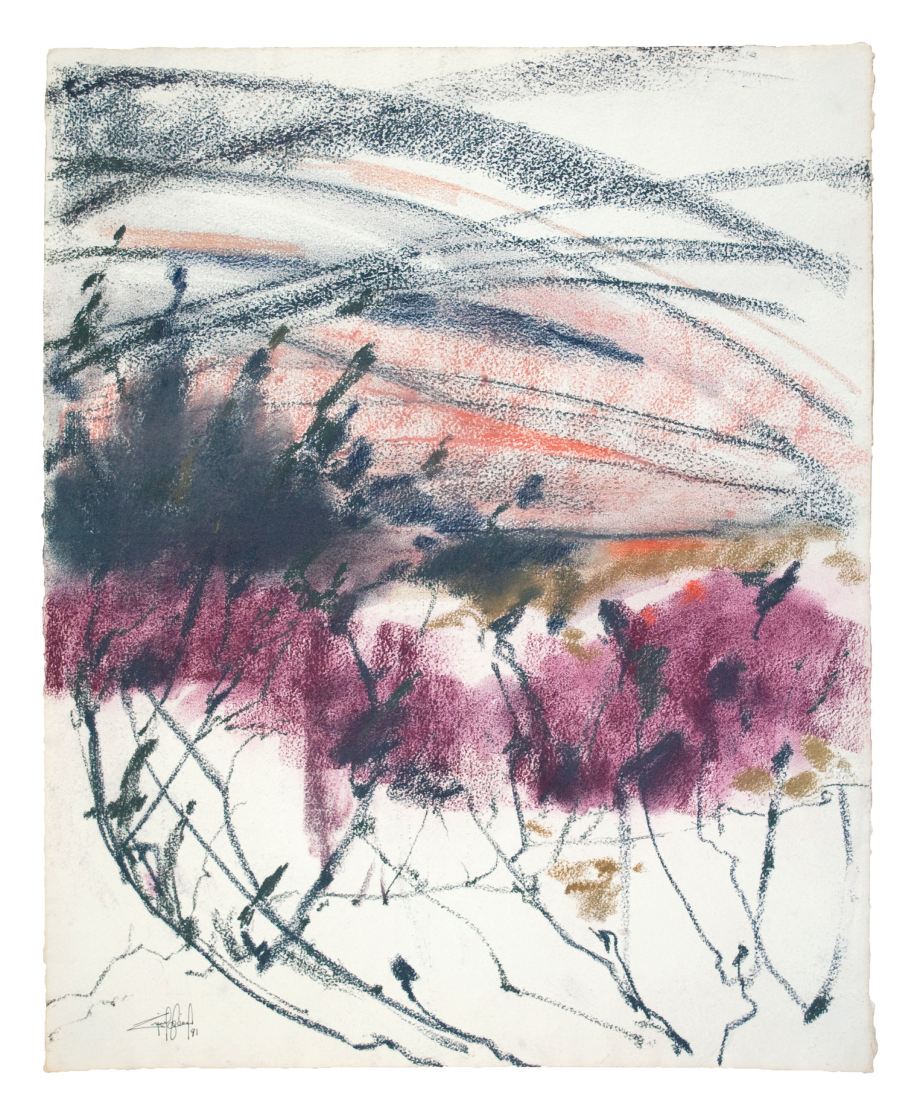Smoked Meat / Published on June 25, 2020
Share to
THE CHARLEVOIX AND ETHNO-DESIGN
Initiator of Ethno-Design in the Charlevoix Region and Father of Economuseums
Written by Madeleine Champagne and published in INTÉRIEURS 63, Summer 2014. Updated by Juli Pisano for INT.design in 2021.
The architect conceived the Canadian Village of Montreal’s Expo67 Terre des Hommes.

When he was a child, Simard’s father, Lionel, the owner of a general store located at 80 Saint-Jean Street in Baie-Saint-Paul introduced his son to business, but, above all, passed on his know-how, his approach to client relations, and his appreciation of the local colours.
Later, his mother, Adrienne, awoke Cyril’s latent designer’s talent and artistic gift. A skilled artisan, she created magnificent large “widths” or panels of cloth, inspired by painters such as Clarence Gagnon and Marc-Aurèle Fortin.

It is said that she wanted to design swimming trunks adorned with Picasso’s nudes for her son.
Sans titre montagne et grève, René Richard
http://galeriedoucepassion.com/artistes/rene-richard/
From dawn until dusk, he followed him around, handing him his paintbrushes, mixing his paints, and lunching on soups of wild herbs, concocted in situ by the master himself.
What better than the intimate contact with such a great spirit of Canadian painting to awaken in the youngster his extraordinary visual sensibility?
Under the influence of this holy trinity and upon the good advice of Monseigneur Félix-Antoine Savard, with his architecture degree in hand—the thesis of which already explored the concept of a cultural complex in Baie-Saint-Paul—Cyril Simard devoted himself heart and soul from then on to the development of his city.
His first action was to set up an urban planning commission for Baie- Saint-Paul in 1965. Then, during his vacation, he took on the position of president and founder of the Société des festivals folkloriques de Baie- Saint-Paul. This laid the groundwork for the establishment of the cultural models or associations that would be known as “CRÉA” (création-recherche- éducation-animation, or creation-research-education-activation of cultural events) for artisans, and “MANU” (‘hand’ in Latin) for professional designers. Two examples of these: a CRÉA might include the work of a blacksmith who, using centuries-old craftsmanship, created a decorative piece of furniture out of metal, while a MANU could involve a project of quilts, crocheted works, and rugs in contemporary designs.
During this time, questions kept running through his head: How can we preserve Québec’s artisanal heritage and culture? How can we preserve the integrity of our craftsmanship and tie it in with design? How do we take it further?
The answers came to him when he became the president and CEO of the Saint-Gilles paper mill. Conscious of the precarious nature of such a business, he came up with a revolutionary concept that would combine the principles of financial self-sufficiency, entrepreneurship, the promotion of traditional knowledge and skills, and the development of scientific and cultural tourism.



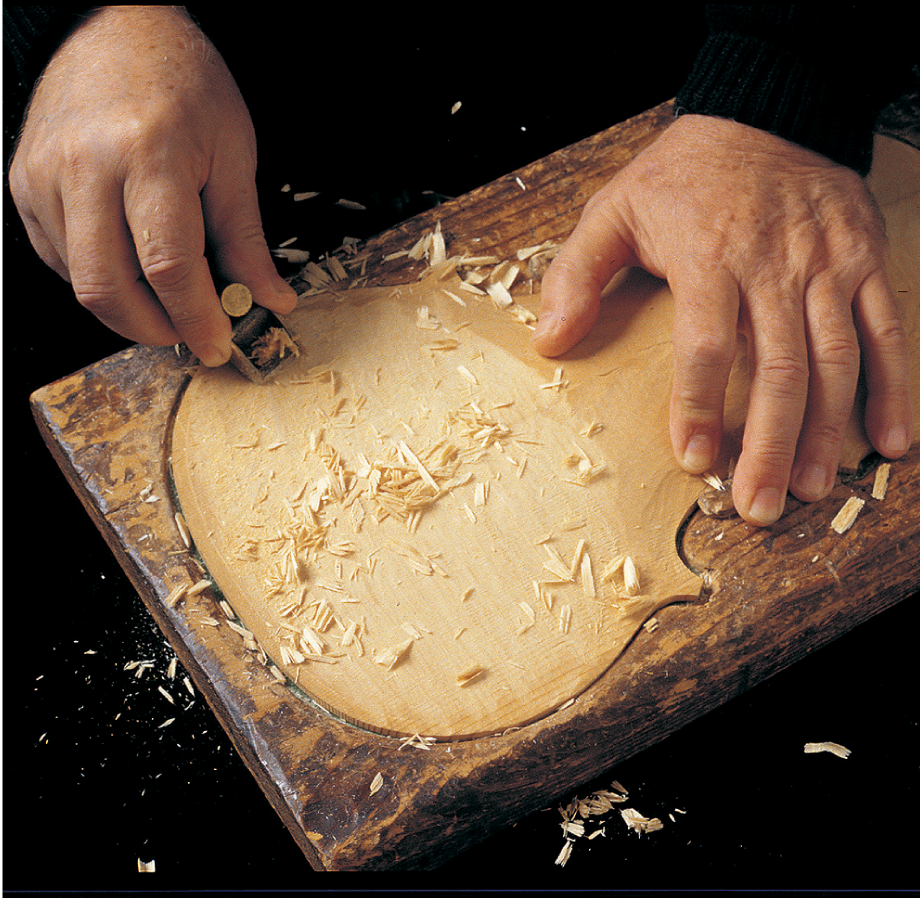
The Economuseum network was born. Today, there are 33 in Quebec, and 64 around the world. Their prototype was the Saint-Gilles de Saint- Joseph-de-la-Rive paper mill, next door to Baie-Saint-Paul, which has attracted half a million visitors in 25 years; clear proof that traditional crafts, design, education, and marketing can happily co-exist.

With the Economuseum network, he revived the study of ethnology and, with his collaborators, paved the way for ethno-design, which fuses heritage with contemporary architecture and design. A remix of sorts, a new way of looking at the art of quilt-making or sled fabrication, for example, a real revolution in the creative arts trades, many of which can be seen flourishing in Baie-Saint-Paul.
Already, in 1975, in an article published in Décormag, which was founded and published in those days by Ginette Gadoury, he expressed concern over the disappearance of the craft trades. He need not worry; thanks to him, Baie-Saint-Paul is a notable example of the revival of traditional arts and crafts.
When asked what is his fondest wish, he answers quickly: “Ten more years to continue to ensure the vitality of culture, of heritage that earns its keep.”
Viva Cyril Simard ! —





